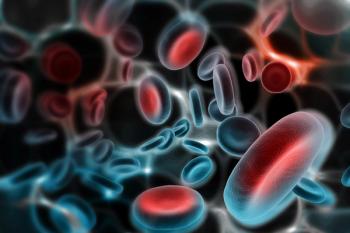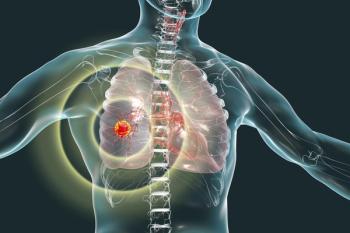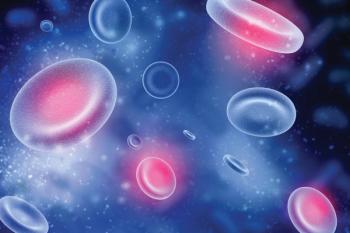
Oncology NEWS International
- Oncology NEWS International Vol 8 No 10
- Volume 8
- Issue 10
Penn Cancer Center Sponsors Exhibit of Cancer Patients’ Art
PHILADELPHIA-“Confronting Cancer Through Art” is a juried exhibition of inspirational artwork crafted by individuals who have been touched by cancer (see artwork). This year marks the second time that the University of Pennsylvania Cancer Center has sponsored this exhibit, which runs through October 31, 1999, at the Arthur Ross Gallery in Philadelphia. The first exhibit was presented in 1996.
PHILADELPHIAConfronting Cancer Through Art is a juried exhibition of inspirational artwork crafted by individuals who have been touched by cancer (see artwork). This year marks the second time that the University of Pennsylvania Cancer Center has sponsored this exhibit, which runs through October 31, 1999, at the Arthur Ross Gallery in Philadelphia. The first exhibit was presented in 1996.
Artmaking encourages vision, hope, and imagination, all of which foster the healing process, said Gianna Volpe, MFA, who directs the Cancer Centers Art Program and whose own artwork is part of the exhibit. The exhibit contains 65 pieces created in various media, including sculpture, quilting, painting, and photography. It can be viewed online until October 31, 1999, at the Centers website:
Articles in this issue
about 26 years ago
Henderson Offers ‘Take-Home Messages’ From Endocrine Studiesabout 26 years ago
Sustained-Release Cytarabine for Lymphomatous Meningitisabout 26 years ago
Scintimammography Detects Tumors in Dense Breast Tissueabout 26 years ago
Autologous Vaccine as Adjuvant Therapy for Melanomaabout 26 years ago
Breast Cancer Screening in Women 40 to 49about 26 years ago
Limited Surgery Better in Colon Cancer With Diffuse Liver Metsabout 26 years ago
Risk Factors for Local Recurrence After Breast-Conserving Therapyabout 26 years ago
New Brain Imaging Technique Cuts MR Scan Time in Halfabout 26 years ago
NCI Is Testing Thalidomide to Prevent Colorectal Cancer Recurrenceabout 26 years ago
Geffen Cancer Center Uses Western Medicine, Eastern PhilosophyNewsletter
Stay up to date on recent advances in the multidisciplinary approach to cancer.


















































































